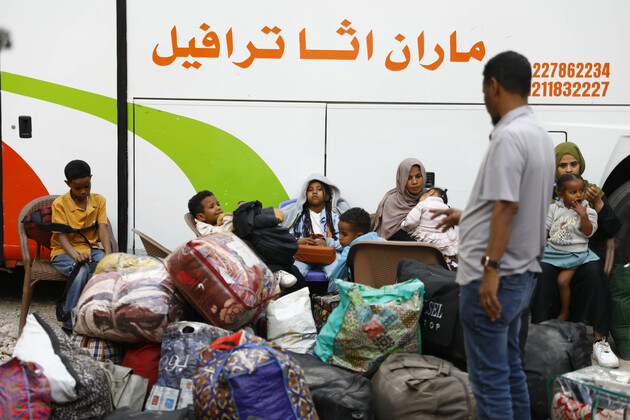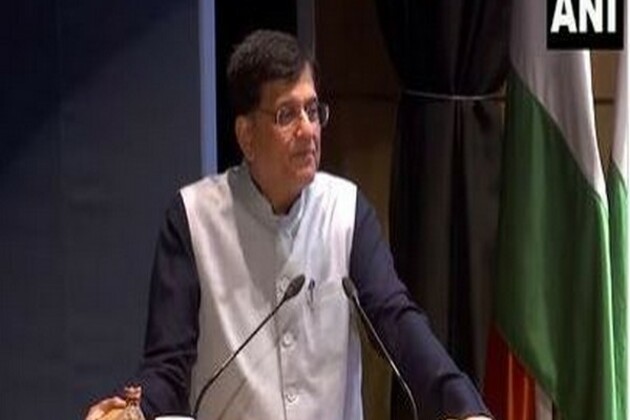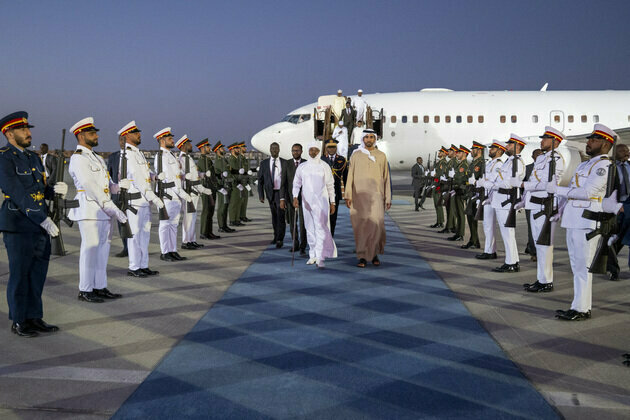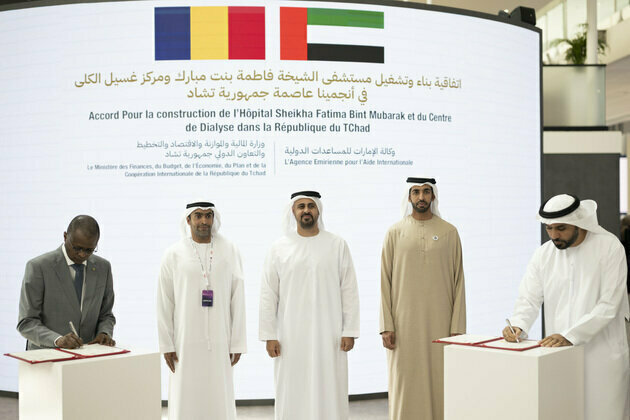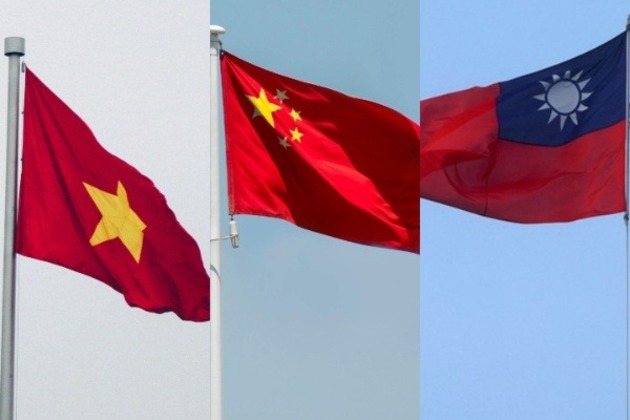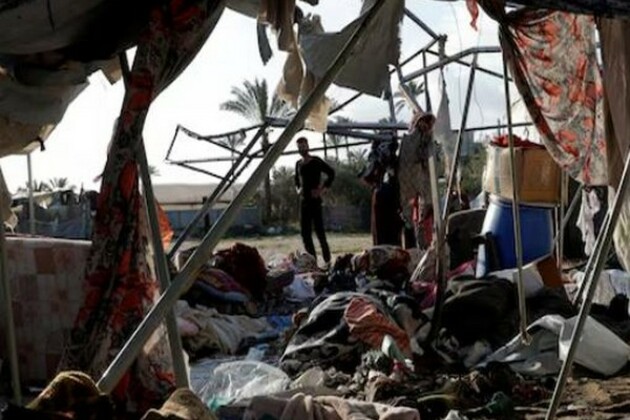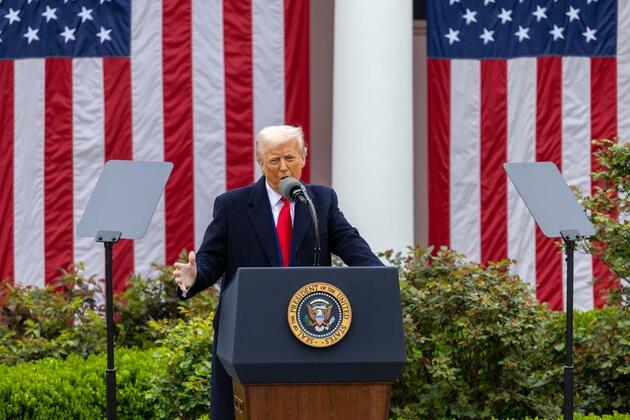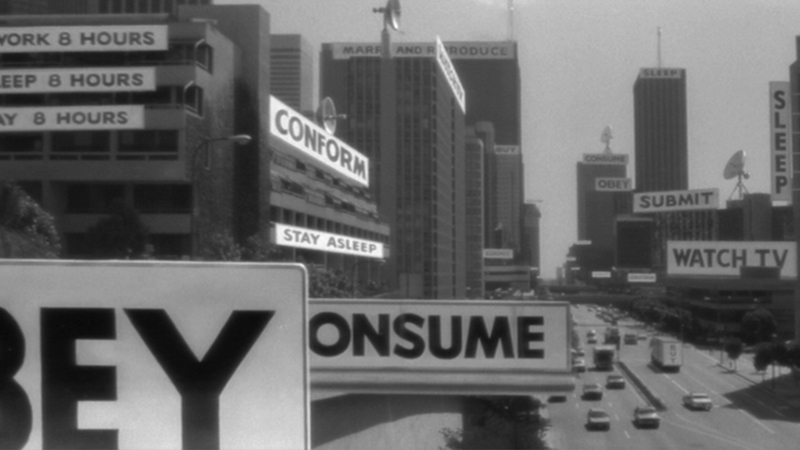The era of the megalopolis: how the world's cities are merging
The Conversation
23 Nov 2022, 00:09 GMT+10
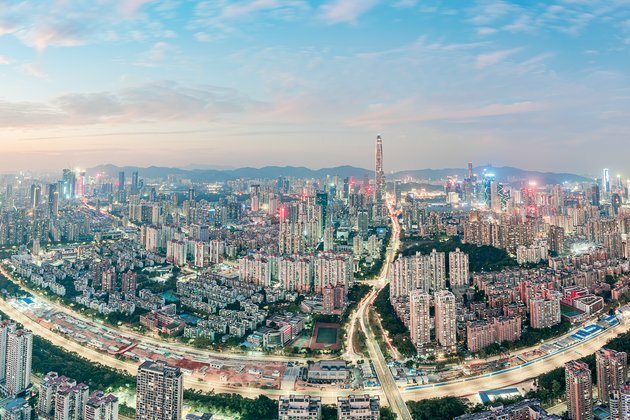
On November 15 2022, a baby girl named Vinice Mabansag, born at Dr Jose Fabella Memorial Hospital in Manila, Philippines, became - symbolically - the eight billionth person in the world. Of those 8 billion people, 60% live in a town or city. By the end of the 21st century, cities will account for 85% of Earth's predicted 10 billion inhabitants.
Cities don't only grow by the number of inhabitants. The more people they host, the more services (public transport, energy infrastructure, water supply) they need, the more governance they require and the more resilient their economy has to be. It might be surprising then to learn that there is no single definition of what a city actually is.
In medieval times, cities from London to Seoul were delineated by their walls. And even well into the 20th century, the idea of a city's limits still held water. Today, if the process of urbanisation still brings to mind the biggest pre-millennial metropolises (Tokyo, Sao Paulo, New York or Mumbai), they represent nonetheless a decreasing proportion of all the world's cities.
By contrast, in the more rapidly growing urban centres, such as Lagos, the geographic extent of a mayor's official jurisdiction often ends long before the populace it serves does. Its economy, meanwhile, is often deeply intertwined with those of the neighbouring cities.
The question of where to draw the line between what is and what is not a city - not to mention where one ends and another begins - is getting harder to answer. As the world moves towards total urbanisation, settlements are spreading out by merging into one another to create what urban experts term "megalopolises".
How machines saw cities grow
The largest of these mega-cities already exceeds 60 million people. In China, the region of Guangdong province around the Pearl River estuary now known as the Greater Bay Area effectively merges 11 cities, from Macao all the way around to Guangzhou, Shenzhen and Hong Kong.
With a total population of over 70 million inhabitants, it counts 2 million more people than the entire population of the UK, squeezed into roughly a fifth of the area. In economic terms, it looms just as large: at US$1.64 trillion (Pound 1.39 trillion) in 2018, its GDP represents 11.6% of China's total.
On the west African coast, meanwhile, the 600km stretch between Abidjan, Ivory Coast and Lagos, in Nigeria, is rapidly catching up. Experts predict that by 2100, this agglomeration of nine cities will be the most densely populated on earth, with up to 500 million people.
Cities only really started growing in the mid-18th century when we began to build machines that would propel us much faster - and further - than any technology invented so far. For the first time, cities and London, in particular, broke through the threshold of around 1 million people in size that had dominated the urban world hitherto.
Some cities, including Chicago and New York, grew upwards as the technologies of the steel frame and the elevator enabled those with the resources to erect the early skyscrapers, those "cathedrals of commerce".
With the invention of the automobile, many cities, such as Los Angeles, have grown outwards, despite widespread resistance to the idea of urban sprawl.
Some large cities in the developing world including Dar es Salaam in Tanzania or Nairobi in Kenya have grown inwards. Here, the idea of the compact city based around public transport and higher residential densities has taken root.
How the metaverse is redefining the city
Most people today live in medium-sized or even small cities. We still largely depend on the internal combustion engine to move between different activities, typically home and work.
However, over the last 50 years, the advent of computers and networked communications has meant that people can now live at huge distances from their colleagues. This blurs the physical boundaries of any city.
Counting a city's inhabitants and mapping its geographical boundaries are only some of the aspects to consider when defining what a city is. The digital skin that now covers the planet enables the citizens of any city to interact with anyone and everyone, in any place, at any time.
Cities will continue to grow and change physically. By the end of the 21st century, every place will no doubt be one form of city, but the term itself is not likely to disappear. Instead, its meaning will change.
In 1937 already, in a compendium entitled The City Reader, the historian Lewis Mumford argued that although cities might be identified as physical entities, they were places of social interaction, of communications.
This resonates strongly with the notion that in the future we will no longer think of cities simply as distinct physical hubs in a rural landscape but as patterns of digital movement, crisscrossing the planet over many scales from the mega city down to the local neighbourhood. Boundaries will no longer have the same meaning as they did before the first industrial revolution in Britain in 1830.
Scholars agree that as cities get bigger, they generate economies of scale that increasingly dominate their economic growth and prosperity. Evidence suggests that the urban world is even more complex.
Cities increasingly resemble biological systems more than they do mechanical systems, with transportation networks reaching out into the hinterlands around them resembling arboreal fractals.
The emerging urban world is vastly different from anything that has gone before. Trying to determine the physical limits of the city remains important. In figuring out how to reckon with this new complexity, however, it may well be too superficial.
Authors: James Cheshire - Professor of Geographic Information and Cartography, UCL | Michael Batty - Chair and Professor of Planning, UCL 
 Share
Share
 Tweet
Tweet
 Share
Share
 Flip
Flip
 Email
Email
Watch latest videos
Subscribe and Follow
Get a daily dose of Kenya Star news through our daily email, its complimentary and keeps you fully up to date with world and business news as well.
News RELEASES
Publish news of your business, community or sports group, personnel appointments, major event and more by submitting a news release to Kenya Star.
More InformationAfrica
SectionEGYPT-CAIRO-SUDANESE REFUGEES-RETURN JOURNEY
(250416) -- CAIRO, April 16, 2025 (Xinhua) -- Sudanese refugees wait to take buses to return to Sudan in Cairo, Egypt, on April 13,...
India poised to become trusted bridge of global connectivity through India-Middle East-Europe Economic Corridor: Piyush Goyal
New Delhi [India], April 17 (ANI): Union Minister of Commerce and Industry, Piyush Goyal, addressed the India-Middle East-Europe Economic...
IPL 2025: KL Rahul, Mitchell Starc shine as DC Beat RR in IPL 2025 Super Over thriller
New Delhi [India], April 17 (ANI): Mitchell Starc's brilliance in the 20th over took Rajasthan Royals vs Delhi Capitals match to the...
President of Chad arrives in UAE on official visit
ABU DHABI, 16th April, 2025 (WAM) - His Excellency Mahamat Idriss Deby Itno, President of the Republic of Chad, arrived in Abu Dhabi...
UAE, Chad sign agreement to build Sheikha Fatima bint Mubarak Hospital; dialysis centre in N'Djamena
ABU DHABI, 16th April, 2025 (WAM) -- As per the directives of President His Highness Sheikh Mohamed bin Zayed Al Nahyan, and with follow...
Axar-Stubbs fire Delhi Capitals to 188 against Rajasthan Royals
New Delhi [India], April 16 (ANI): A strong middle-order performance led by skipper Axar Patel and South African Tristan Stubbs propelled...
World
SectionAfter Supreme Court query, BJP MP Jagdambika Pal defends inclusion of non-Muslims in Waqf boards, cites past verdicts
New Delhi [India], April 17 (ANI): After the Supreme Court questioned the inclusion of non-Muslims in the Central Waqf Council and...
Taiwan condemns Vietnam's acceptance of "one-China" claim, calls it "serious distortion of facts"
Taipei [Taiwan], April 17 (ANI): Taiwan's Ministry of Foreign Affairs slammed a joint statement released by China and Vietnam, which...
Pakistan: BYC condemns enforced disappearances of three people
Balochistan [Pakistan], April 17 (ANI): Three individuals were forcibly abducted by Pakistan armed forces, Baloch Rights Group, Baloch...
UAE leaders congratulate President of Syria on Evacuation Day
ABU DHABI, 17th April, 2025 (WAM) -- President His Highness Sheikh Mohamed bin Zayed Al Nahyan has sent a message of congratulations...
Gaza 'annexation' part of military strategy: Israel Defence Minister Katz
Tel Aviv [Israel], April 17 (ANI): Israel's Defence Minister, Israel Katz, has affirmed that Gaza's annexation was part of a military...
Roundup: Trump's trade war costs U.S. tourism industry 64 bln USD as foreign visitors cancel trips
U.S. President Donald Trump delivers remarks on reciprocal tariffs at the Rose Garden of the White House in Washington, D.C., the United...

